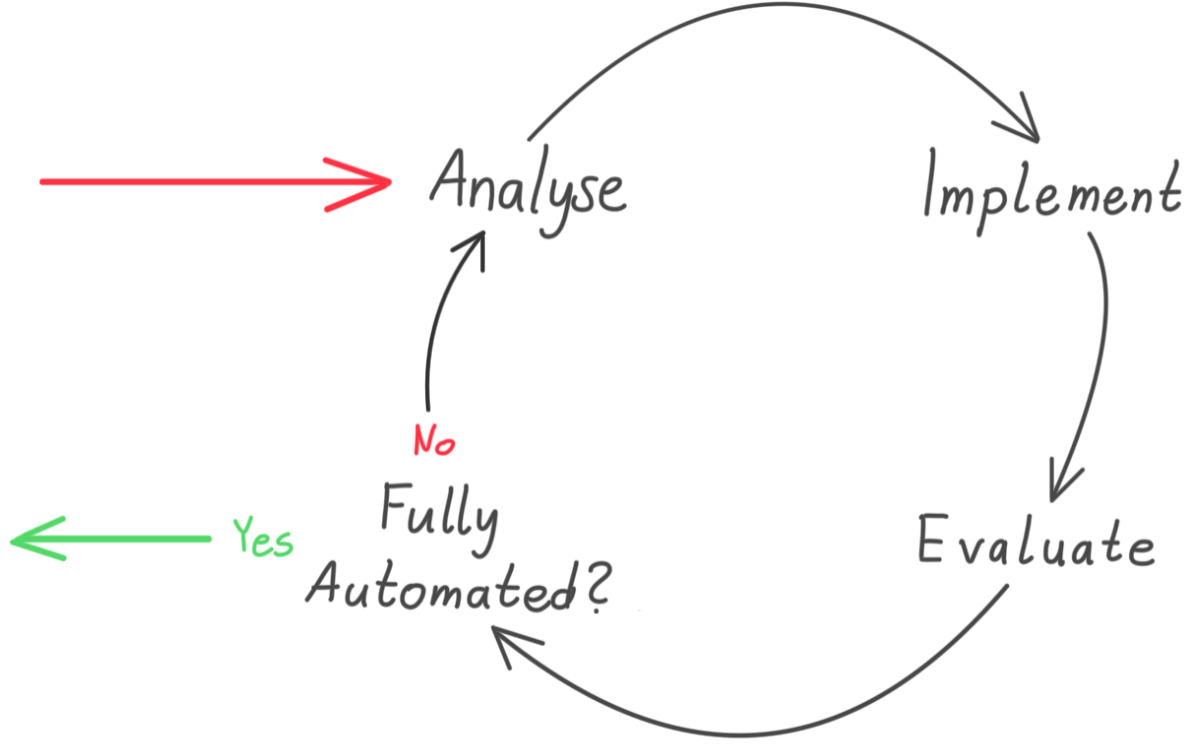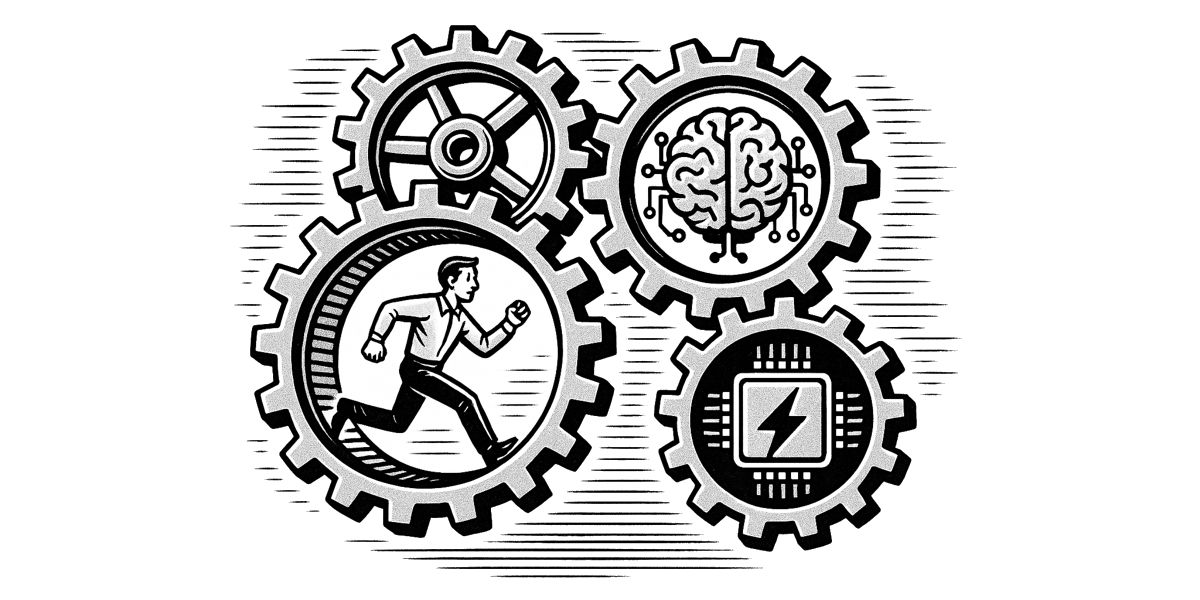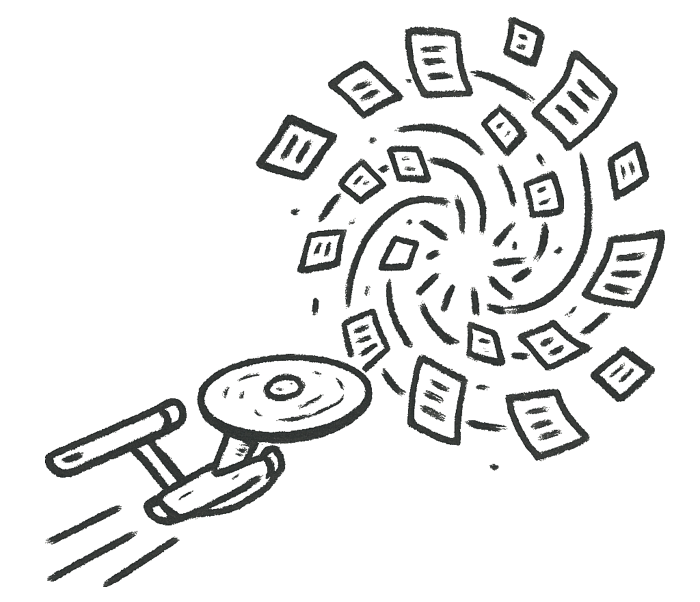The landscape of business automation is undergoing a dramatic transformation, moving beyond the limitations of traditional software. The question is no longer if AI will impact your operations, but how profoundly. In document automation, a cornerstone of many organizations, AI presents a unique opportunity to not only streamline processes but also to significantly bolster resilience – ensuring your document workflows remain robust and reliable even in the face of unexpected challenges. Imagine a world where content creation is faster, quality control is more rigorous, and human intervention is minimized. This article will guide you through the exciting possibilities of leveraging AI to achieve this future, enhancing efficiency and building unprecedented resilience into your document creation processes.
Crucially, it's important to understand that AI and traditional software are not mutually exclusive; they can work in concert. AI can leverage the deterministic capabilities of traditional software for well-defined tasks and questions. Conversely, traditional software can reliably orchestrate and control AI output, ensuring alignment with established workflows and business rules.
Document Processes Built for Resilience
In document automation, particularly for legally binding documents, determinism is paramount. Traditionally, document automation software has been the primary tool. If this software fully automates document generation, you already have a robust, resilient process in place.

A diagram published originally in a previous article illustrating how AI can fill the gaps in document automation.
However, if existing document automation software only covers parts of the process, leaving gaps requiring human intervention, AI can potentially bridge these gaps. These gaps might include personalizing document content for individual clients, manually extracting data from unstructured sources, or reviews to ensure compliance with the latest regulations. Achieving full automation with AI is typically an iterative process of identifying these gaps and strategically evaluating AI's role in addressing them.
How AI Closes Automation Gaps in Document Creation
Automation gaps are parts of your document creation process where human input is still required. This is where AI steps in. By seeking and iteratively automating these gaps, businesses can achieve full end-to-end automation. The result is greater efficiency and resilience.
We'll have a look at two common examples of manual processes that lend themselves to the use of AI and provide a step-by-step guide for automating them with AI. On high level terms, we'll follow the typical continuous improvement flow:

Let's look into the detailed steps for each example process.
Replacing Human-Driven Content Creation
- Identify manual content - Pinpoint specific document sections or elements requiring manual authoring.
- Build AI prompts with document automation software - Create detailed prompts within your document automation system, providing comprehensive context and clear instructions for the AI. Leverage available data.
- Fine-tune AI with historical data (optional) - If available, use past human-created content to train your AI model for better alignment with your specific needs and style.
- Deploy AI-aided content creation - Introduce AI as an assistant, allowing users to review and edit the generated content.
- Refine through user feedback - Track user edits and use this information to improve your AI model and/or prompts for future content generation.
- Iterate for optimization - Repeat the review and refinement process until user edits are minimal or cosmetic.
- Achieve full automation - Consider removing the user review step for fully automated content generation.
This detailed flowchart illustrates the process of replacing human-driven content creation.
Replacing or Helping with Human-Driven Quality Control and Review
- Identify review stages - Determine the points in your document creation process where human review of data or content occurs.
- Explore rule-based automation - Analyze whether existing business logic can be implemented as rules within your document automation system to automate the review.
- Assess AI review feasibility - If rules aren't sufficient, determine if AI can be provided with enough context to perform the review effectively.
- Develop AI review prompts - Create prompts that enable AI to act as a reviewer, providing specific instructions on what to look for and how to report findings.
- Fine-tune AI with historical data (optional) - If available, use the data from the past manual reviews to fine-tune your AI model.
- Deploy AI-driven review - Integrate AI review into your workflow and display results to users. Track user actions based on AI recommendations.
- Improve through feedback - Analyze user actions and feedback to identify areas for process improvement. This may involve adjusting templates, rules, fine tuning the AI model further, or modifying prompts.
- Iterate towards minimal manual review - Continue refining the process until minimal user intervention is required after the AI review. Consider exceptions for complex cases.
This detailed flowchart illustrates the process of replacing human-driven document review.
Prerequisites for Successful AI-Powered Document Automation
AI-ready Organization

Beyond the technical capabilities of the software, ensuring your organization is prepared to adopt and manage AI is crucial for success:
- Skilled Personnel – Having a team that has the expertise needed to manage and fine-tune AI systems.
- Security and Compliance – ensuring that you handle data in accordance with applicable policies and legal requirements. This includes understanding data privacy regulations and choosing AI models (Large Language Models) that meet your specific compliance needs.
- Change Management – Have a plan to addressing potential resistance to adopting new technologies.
AI-ready Document Automation Software
Before integrating AI into your document automation, ensure your software has the necessary capabilities:
- API access to AI - The software must be able to communicate with AI models (e.g., ChatGPT, Gemini) via APIs.
- Sophisticated prompt building - The system should allow dynamic creation of detailed prompts for AI, leveraging available data.
- Seamless AI response integration - The software must be able to insert AI-generated text into documents while preserving formatting.
- User interface display of AI content - For AI-aided workflows, users should be able to view and interact with AI-generated content within the software interface.
- Support for fine-tuned AI models - The platform should allow the integration and use of fine-tuned or custom-trained AI models.






